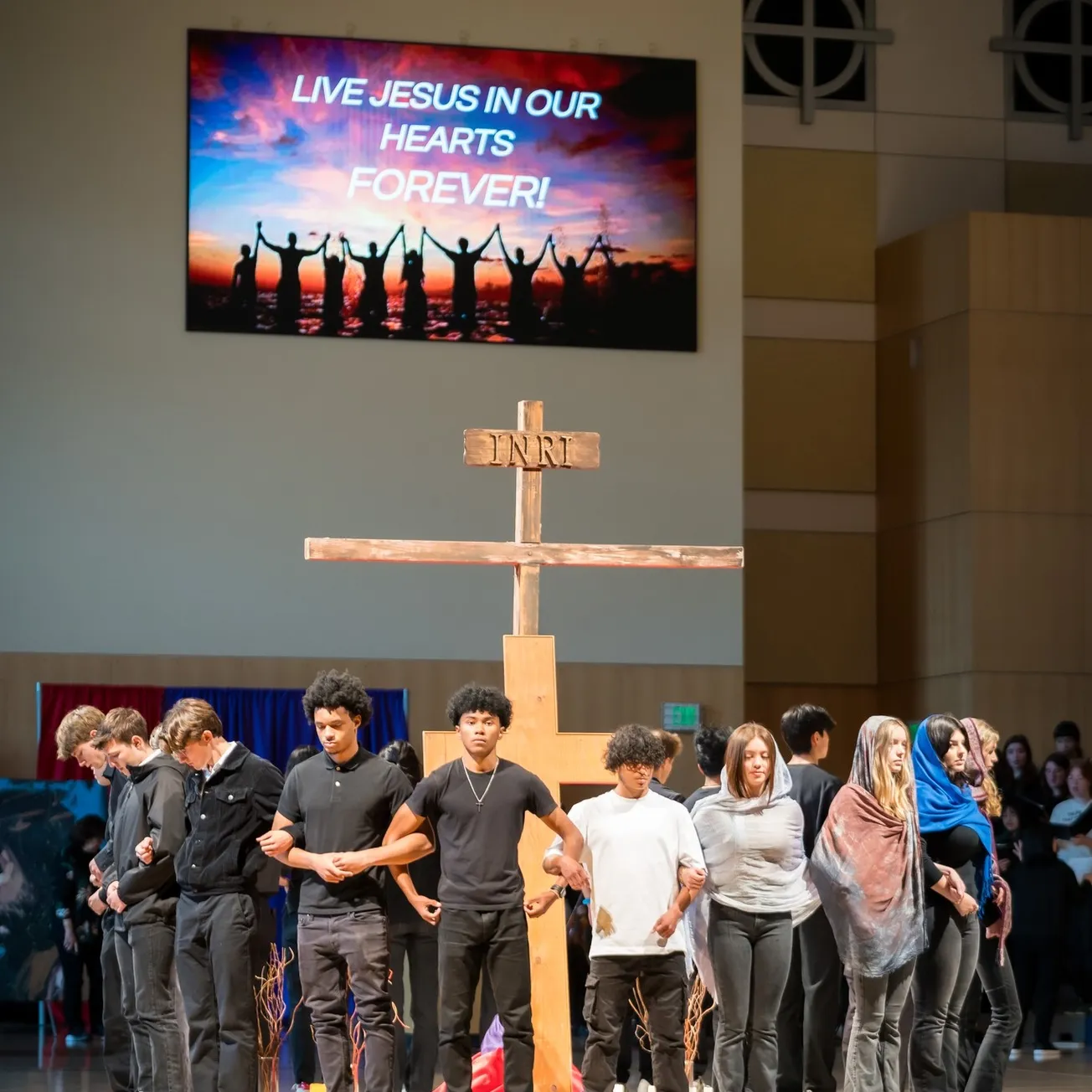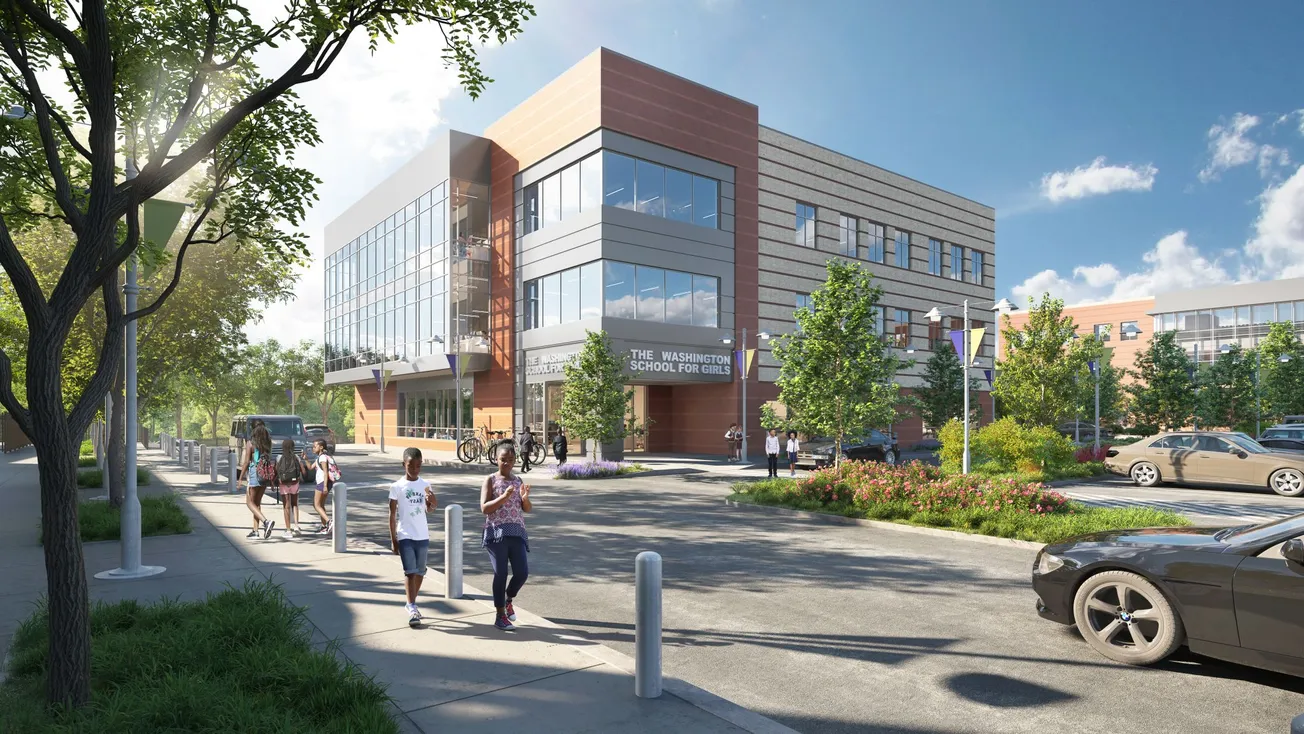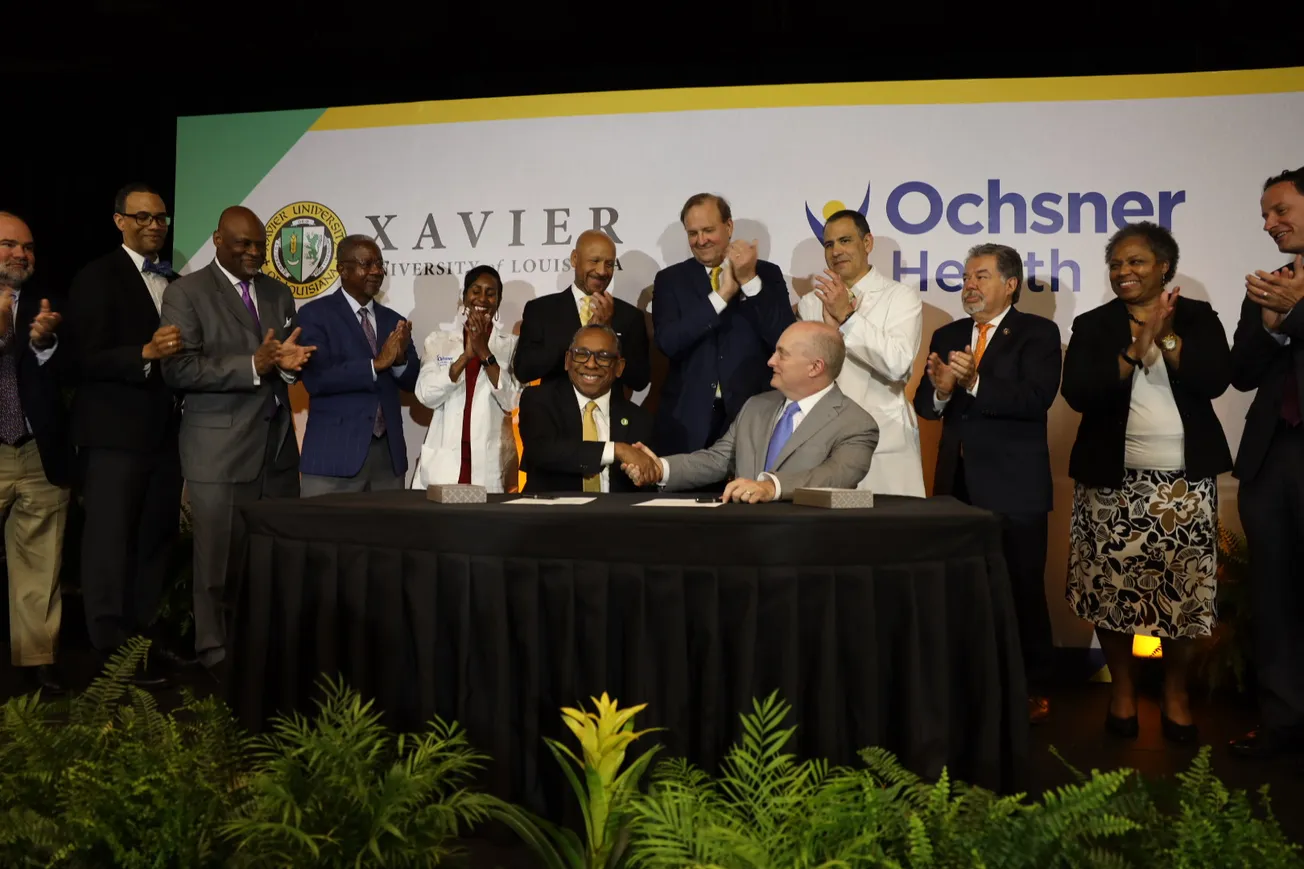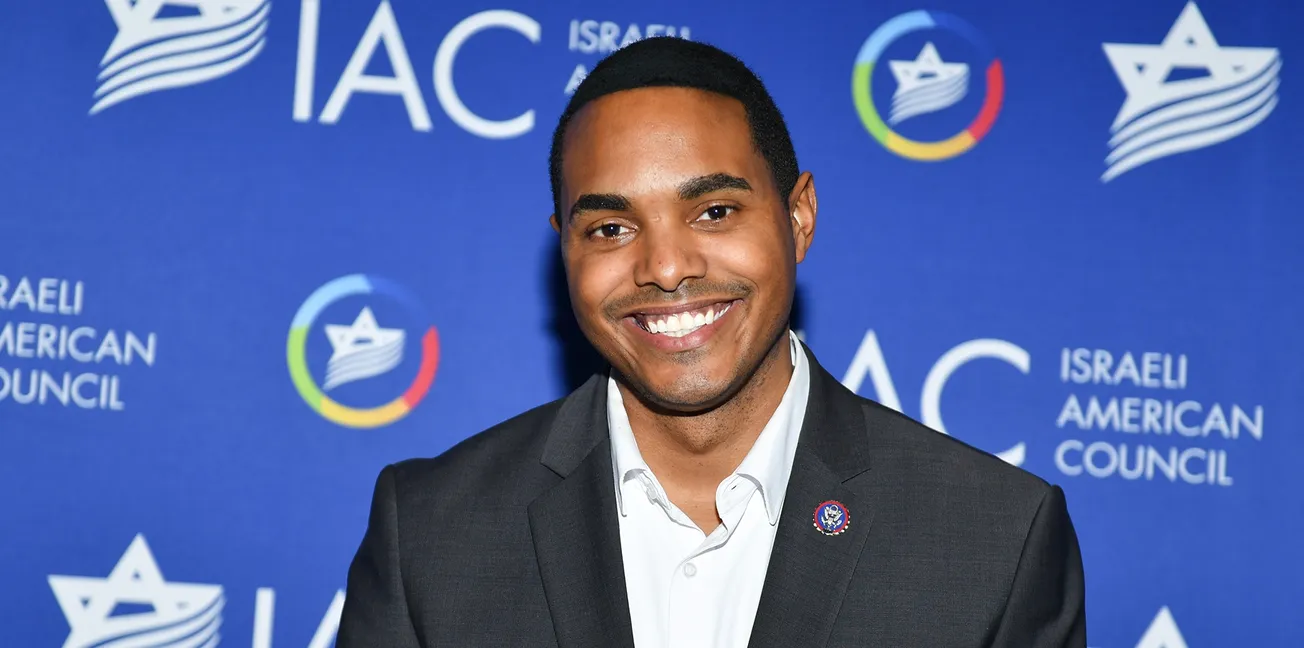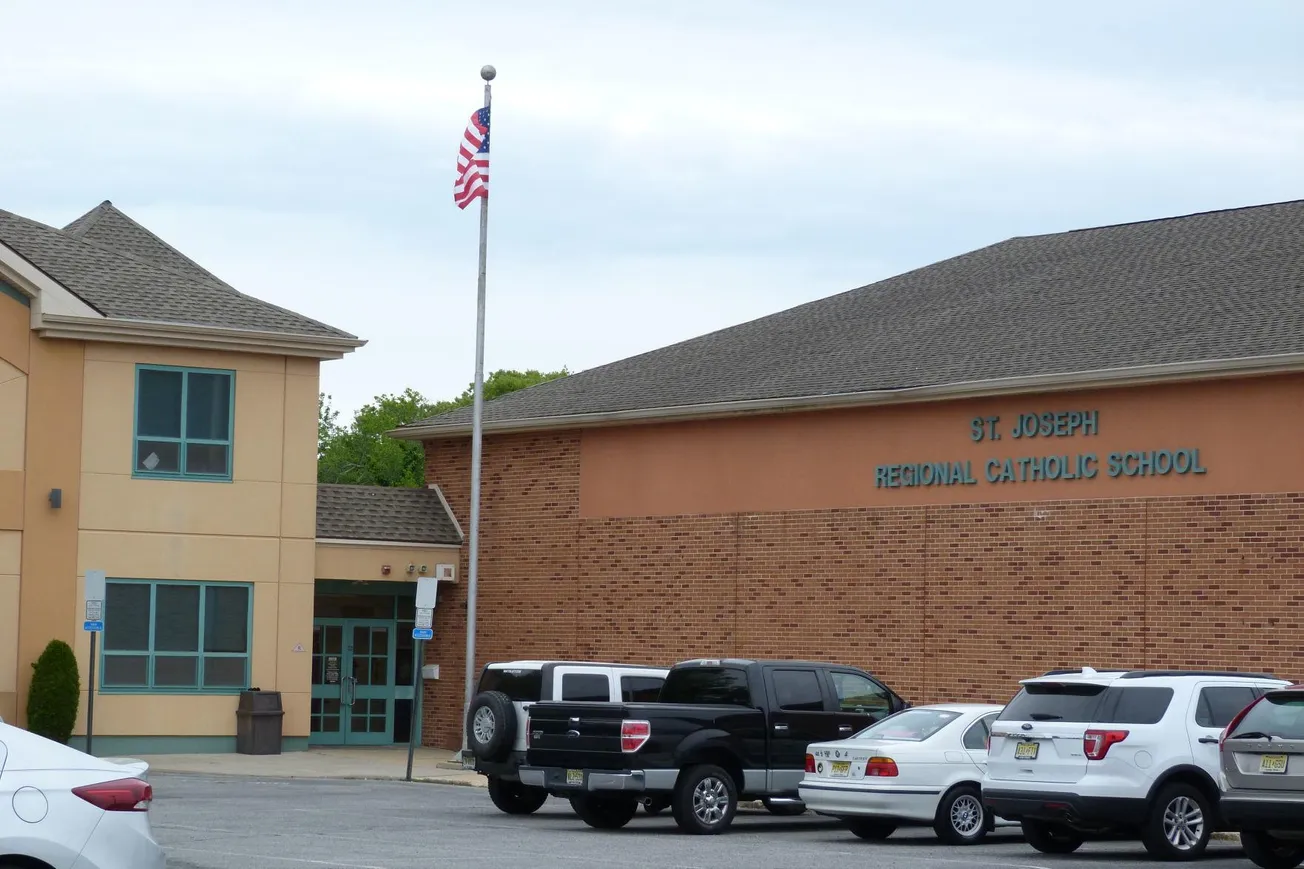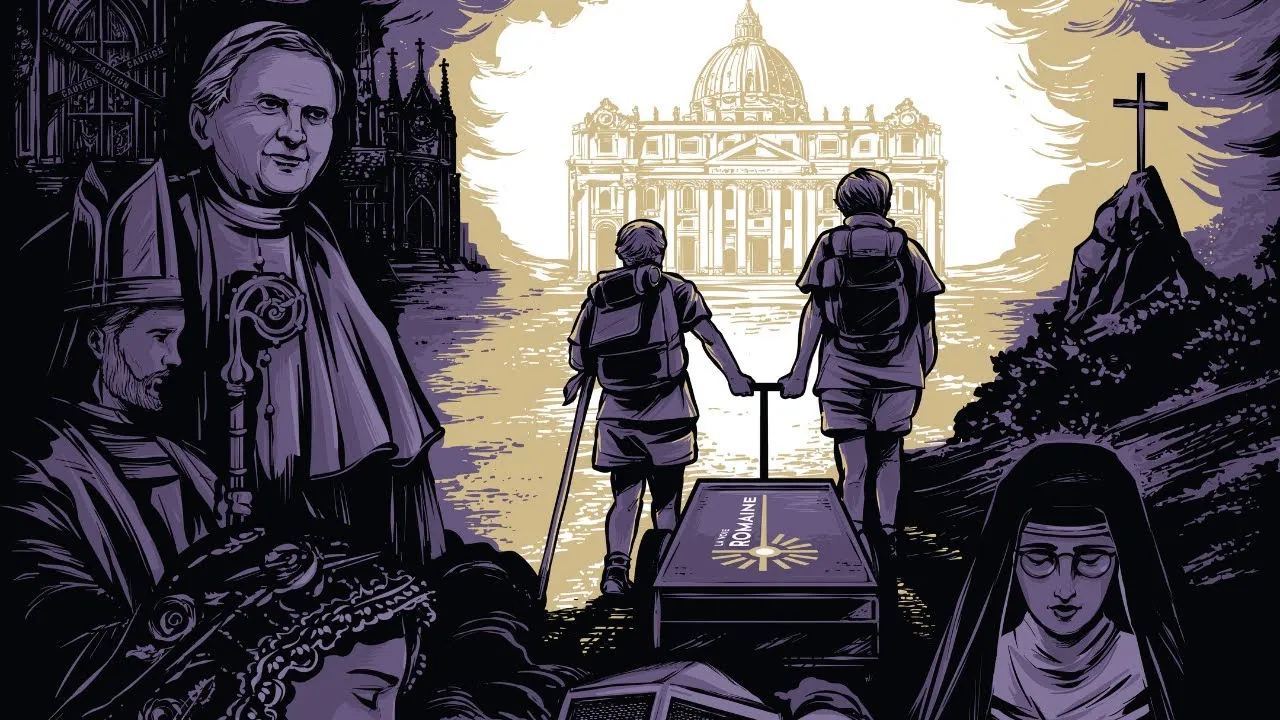SAN FRANCISCO — As recently as the early 2000s, bullying was a very visible issue at Sacred Heart Cathedral Preparatory. The high school, founded in the Cathedral Hill neighborhood by the De La Salle Brothers as an all-boys school, had gained a reputation for racism and homophobia after years of serving a largely Irish Catholic student body that was quickly changing demographically.
Sacred Heart High had merged with Cathedral High School (formerly St. Vincent’s High School for Girls), a Daughters of Charity institution, in 1987, bringing new dimensions just as the city began experiencing an influx of immigrants from Asia and Latin America. They filled a gap in the wake of White Flight, which saw White Americans move out of the inner core of cities nationwide to suburbs and exurbs where there could be no possibility of racial integration. Those who remained were often equally as hostile.
African Americans, who themselves were seeing a steady drop in population in San Francisco for other reasons, occupied a dwindling space at the new Sacred Heart Prep and felt the effects.
“It was pretty bad,” said Caesar Smith, an African American who graduated from the school in 1998 and returned as an employee in 2020. He said many alumni from his years there have since stayed away from the school due to lingering feelings about how they were treated by some of their fellow students.
“I’m one of the few that have come back to work here,” he told BCM.
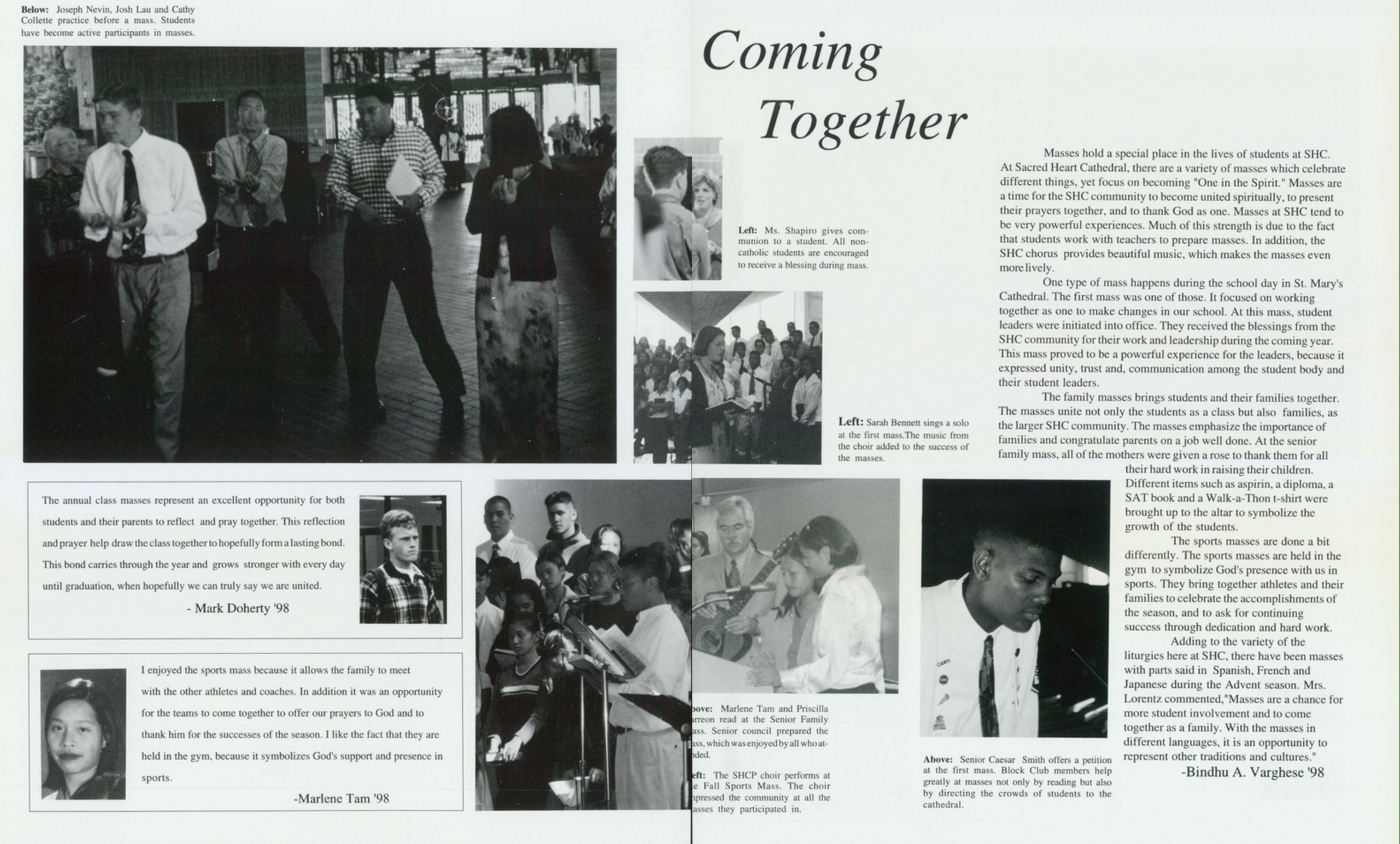
Jim Jordan, who has taught at the school since 2000, said a group known as the “Sunset Kids” was particularly notable for bullying. During a school assembly led by Judy Shepard—mother of Matthew Shepard, a gay student tortured and killed in Wyoming in 1998—they were singled out for their dismissive stance toward the speaker, who characterized their behavior as disrespectful.
“We had our debriefs in class afterward and every single one of them was defensive and angry,” Jordan said.
Such remembrances paint a picture of a very different era in San Francisco, and in America, for those who now see the city and the country as having come a long way in acceptance of difference and diversity. As a reader of Advanced Placement (AP) exams from high school students around the country, Jordan recalled a moment when he realized that the next generation was not going to see things like gay rights as an issue to be combated.
Smith, who noted a marked change in the environment at Sacred Heart Prep since his time at the school, said a big part of the shift is the school’s religious sponsors ensuring that the school’s student body and faculty reflect the diversity of San Francisco.
Others, like Fr John Gribowich, agreed that many in Gen Z and Gen Alpha seem to have moved beyond discrimination on issues that were (and are) incredibly contentious for older adults, but cautioned against drawing too quick a conclusion. Gribowich has taught theology at Sacred Heart Prep since 2022.
“You can’t just use all these little examples and say this is what’s really going on,” he said, noting—as did many SHC teachers who spoke with me—that the education space has evolved over the years. Especially during and after the COVID-19 pandemic, cyberbullying has been a major concern nationwide and can’t always be easily discerned by teachers and staff.
“The human impulse that is the genesis for bullying is the same now as it ever was,” said Jodee Blanco, an anti-bullying expert who has worked with Catholic schools and parents around the country on the issue. “What has changed is the weaponry to achieve bullying.”
Nicole Nastari, one of two deans of students at Sacred Heart Prep, emphasized that defining bullying is key to addressing the issue—though parsing what it is and is not can be challenging.
“It could be an incident of harassment, but bullying oftentimes can be something that is ongoing as well,” she said. “There’s crossover, obviously, between the two within our handbook.”
Blanco says that, ultimately, bullying can’t be limited to the “aggressive acts” typically thought of when one thinks of bullying in their own experience, that of others they know, or as it is often depicted in mass media.
“What I tell kids across America is that bullying isn't just the mean things we do. It's all the kind things we never do.”
Current SHC students from various grade levels and minority backgrounds, who spoke with BCM in a group setting, emphasized that their experience at SHC has largely been devoid of bullying as they understand it. They attribute this to a diverse student environment and an effective staff support network.
Carlisha Washington, the director of SHC’s Piro Program for underrepresented students, echoed this sentiment.
“I get students who come to me all the time to speak or write about bullying experiences from middle school but personally, I've been here for four years and I haven't necessarily heard of bullying as an instance [at SHC],” she said.
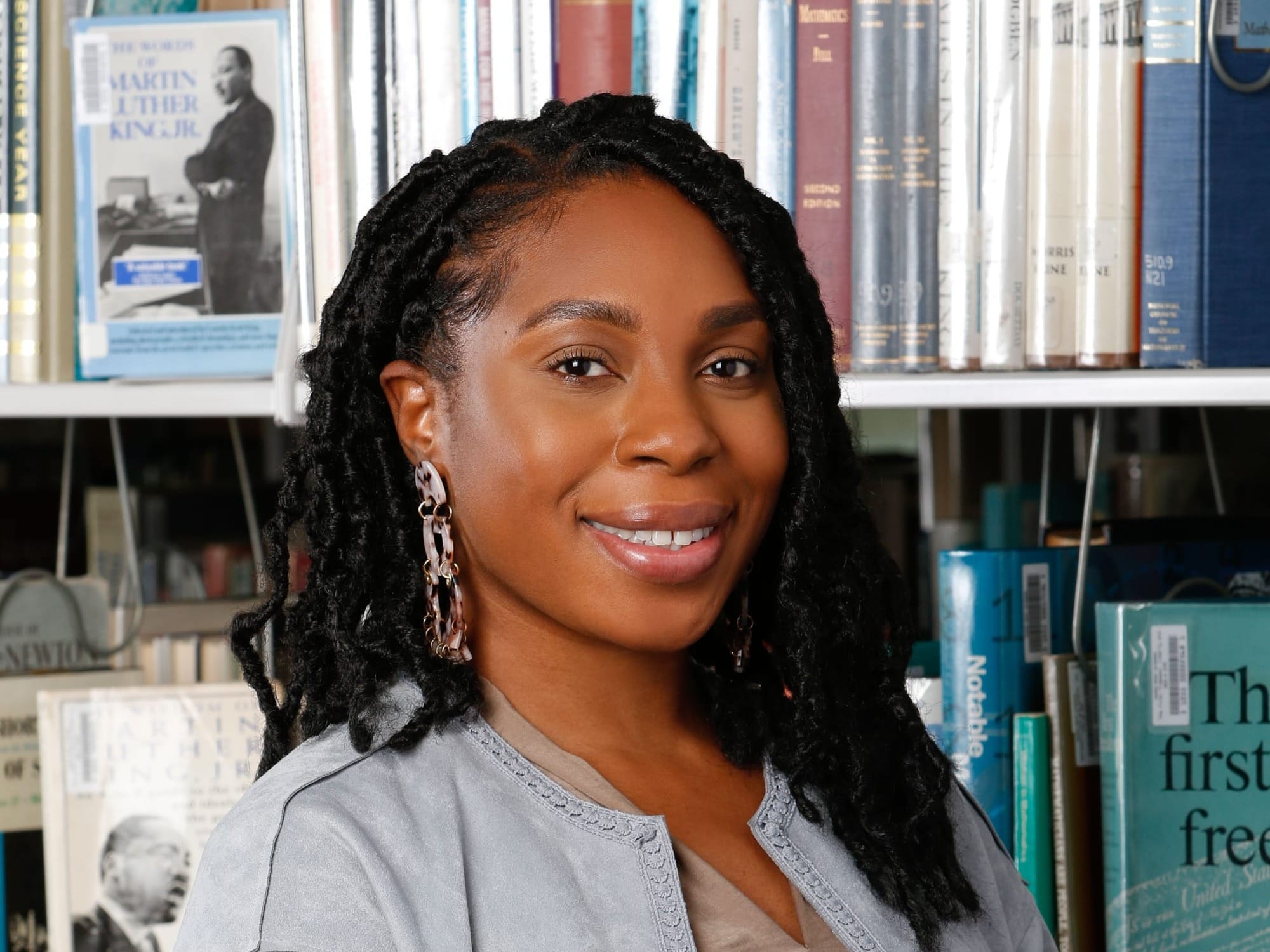
Several Black students noted that they came to SHC from public or charter schools where they were either in an all-minority environment or a largely White one. One student said she was bullied at her nearly all-White middle school and, partially in response, became a bully herself. She said there was influence from a negative friend group, which she eventually separated herself from. She spoke of the experience as a mistake from which she learned a valuable lesson.
“I believe that God put us on this Earth for a purpose and it takes a while to find it sometimes, but I think being kind to others can help you find that purpose,” she said.
“I like that I can say that coming here [to SHC], I have staff that I know really cares about me.”
Reflecting the idea that a school’s demography can be a predictor for racist bullying, other Catholic schools in the Bay Area—which is largely segregated—have struggled to address the issue internally.
The Archdiocese of San Francisco settled a 2014 lawsuit after an African-American student was allegedly bullied by classmates at a predominantly Hispanic Catholic school; administrators were said to have done little to nothing to stop the assaults. Earlier this year, the Oakland Diocese faced a police investigation after a Black student was injured by a teacher at St. Raymond Catholic School following a fight that stemmed from alleged bullying, also said to have been unaddressed.
Neither diocese responded to an interview request for this story.
“I think the [Oakland] Diocese can handle bullying better by actually addressing it... The day after the incident occurred, I emailed the superintendent and he never responded or even acknowledged my email. I also called but received no call back,” said Alcian Lindo, the mother of the Black student at St. Raymond, who was expelled.
“Another parent who had a similar experience at St. Raymond and actually pulled their daughter out of the school said the same thing. They reached out to the diocese multiple times about what was happening and received no response.”
In a recent report on U.S. Catholic school enrollment, the National Catholic Educational Association noted that a commitment to inclusion is key to the future of the field. The report specifically mentioned the rising enrollment of Hispanic students, the need to accommodate students from non-Catholic backgrounds, and how most schools are responding positively.
“This commitment to diversity not only enriches the learning experience for all students but also aligns with the Catholic educational mission of serving a broad and diverse community,” the report reads.
Dr. Alice Prince, a Black Catholic in St. Louis who consults with schools nationwide on issues of diversity, equity, and inclusion, expressed that the road to widespread integration of best practices in Catholic schools is still a ways off. Still, she says administrators and stakeholders are looking to make improvements.
“So many educators want to do the right thing but don’t know how because the landscape is changing,” she said, echoing issues of demographic change, digital transformation, and a new era of thought about appropriate discipline.
“What Boomers put up with from teachers in the classroom, this generation does not… They respond differently to what we would have called tough love.”
Prince, and others BCM spoke to at Sacred Heart Prep, said mental health is also a new focus of young people, as they seem to struggle with it more than previous generations—or at least are more aware of it. The growing awareness of LGBTQ+ identities is also a fertile ground for bullying among students less receptive to that kind of diversity.
“Whether as Catholics we want to acknowledge or deal with it or not, we have to respond,” Prince said. “We have to respond with love because as Catholics, that's what we are called to do.”
On this and other issues, schools like SHC seem to be a bright spot in a space—regionally and nationally—that can range from exemplary to stereotypical. It appears that addressing the root cause of bullying is imperative, rather than treating incidents as necessarily isolated. Can Catholic schools manage this challenge, alongside the pressure to maintain an image that attracts students and families rather than pushing them away?
“There’s a general ethos in a Catholic school environment where it’s well-ordered, uniform, kind students, and you get along with each other. That’s the ethos that’s projected and understood. Whenever there’s some type of rupture in that, you treat it as a rupture. You don’t treat it like the norm,” Fr Gribowich said, though he countered that this is not always the underlying reality.
“We have to look at what the intrinsic issues are and not just gloss over what we see as hiccups in what is normative at a Catholic school.”
Nate Tinner-Williams is co-founder and editor of Black Catholic Messenger.


